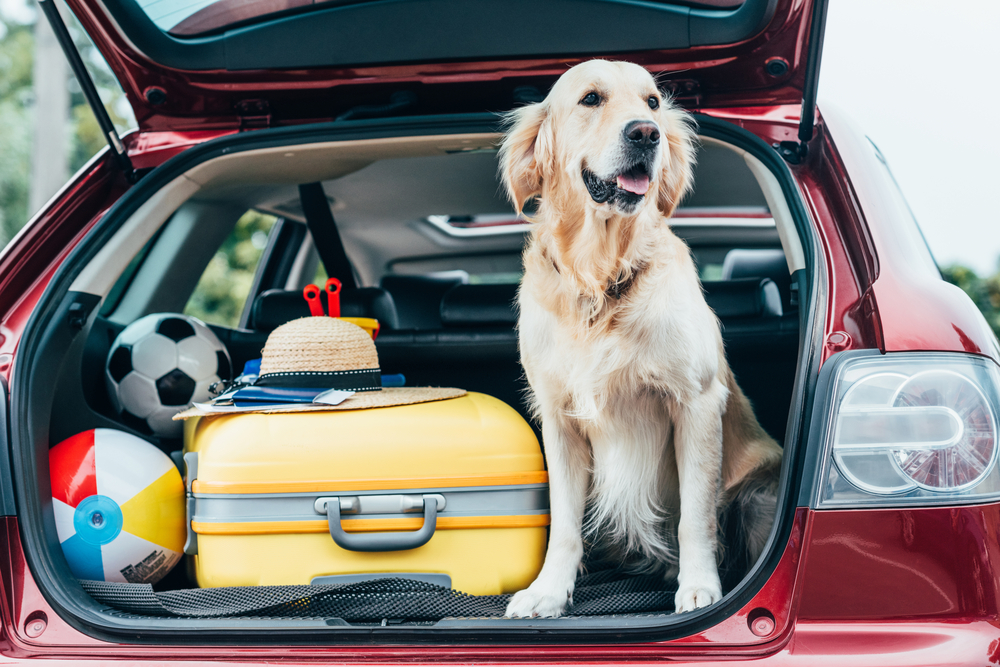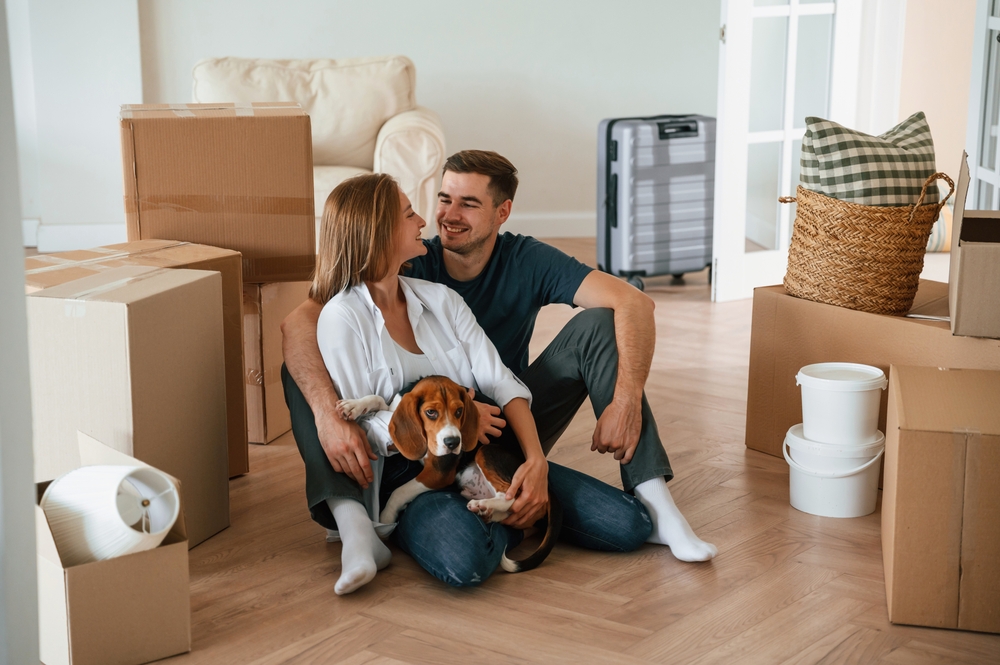Moving to a new area is stressful. You have to worry about how you’re going to fit into the new neighborhood, how you’re going to get all your stuff there, and how well your family is going to acclimate to a totally new environment.
However, someone else is going through just as much stress – your pet.
Moving with pets adds an entirely new layer of complexity to your move. They’re used to their environment, and unlike you and your family, they don’t understand that there are new opportunities or why they’re being driven across the country. They just know that their surroundings are suddenly changing.
That can add more stress to your move, and as a pet owner, we know you want the best for your pet, too.
Here are some tips for relocating with pets to help you avoid all that.
1: Make the Process as Familiar as Possible
One of the most important things you can do to make your pet’s moving transition less stressful is to keep them as familiar with their surroundings as possible.
Now, we know that sounds impossible since you’re going to a completely new location, but it comes down to the little things.
Start by looking at the items your pet uses every day. Items such as their pet bed, favorite toys, and similar items should be kept with the pet throughout the entire process.
This helps minimize the shock of being suddenly taken away from the area that your pet is used to, and they still have some of the familiar items they love to keep them distracted from it.
2: Start Slowly
We know that moving can be extremely stressful, and since you’re usually wrapping up buying a new home, changing jobs, and everything else that comes with relocating, it’s easy to handle all the moving parts of the process at the last minute.
You can’t afford to do that when you have pets. The sudden change in daily life catches them off guard, and they begin to stress out.

You want to start the moving process early, and you want to take it slowly.
When you have a moving date in mind, start packing things a month or two ahead of schedule. You can start with the items you don’t need daily to keep from disrupting your daily life, but just getting items into boxes gradually will help your pet get used to their home changing.
This is kind of like the “frog in a pot” allegory. Since you start the process slowly and things change over time, your pet doesn’t notice that things are different until you’re already settling into your new home.
3: Create a Safe Space for Your Pet
While you’re in the packing part of the process, it’s a good idea to set up a space dedicated to your pet’s comfort. You especially want to pay attention to this if you hire someone who’s offering packing services.
Make sure you emphasize the fact that they shouldn’t pack your pet’s comfort items.
Even though your pet is technically still at home, things are changing rapidly, and your pet can tell that something is going on. That contributes greatly to the amount of stress they feel when they actually start to move.
Find an area in your home that your pet enjoys being in, and set that space up with all their favorite items and necessities.
This helps them feel at home while you handle the stressful part of the process, and they don’t suffer from anxiety while everything changes around them.
You should also do this after the move when you’re unpacking. It can help the pet gradually get used to being in a new space.
4: Make a Pet-Friendly Travel Plan with Your Vet
Your regular vet can be a big help with the moving process, too. Not only is your vet highly knowledgeable about animals in general, but they know your pet on an intimate level, too.

You have to remember that they’ve calmed your pet through shots, operations, stressful checkups, and more.
Talk to your vet about the best way to keep your pet calm throughout the moving process. They likely have a lot of moving tips for pets, and if your pet really suffers from anxiety or stress, they might even be able to prescribe something to help.
5: Focus on Calming Your Pet
Throughout the moving process, it’s easy to become distracted and develop tunnel vision. After all, you’re making a big move, too.
However, you need to remain focused on engaging with your pet and keeping them calm.
You’re the one your pet turns to for comfort in most situations, and if you’re too focused on moving to provide them with the affection and reassurance that they need, they’ll easily become stressed out.
Handle your chores, but make sure to accommodate your pet’s emotional needs throughout the move, and don’t leave them alone during this difficult time. They’ll have a much easier time transitioning.
6: Make Your Pet the Last One Out and the First One In
When you’re packing up, save all your pet’s belongings until the very end. This ensures that they don’t go without anything they’re used to while you pack up your belongings.
Also, when you first arrive at the new location, unpack your pet first. This makes sure that they get all their stuff immediately, and transitioning into the new home isn’t as scary.
7: Don’t Forget Their Schedule
Moving with pets can be made a lot easier if you don’t let the stress of the move impact their day-to-day routine.
This is more difficult during moves that take multiple days of driving, but you want to make sure you follow their daily routine. Wake up and feed them on time, take them out, go for your daily walks, etc.
Hiring a Moving Company Helps Dramatically
Following all the tips we’ve given for moving with pets can be extremely difficult if you’re moving by yourself. Your vehicle is packed with belongings, you likely have to make multiple trips that stress your pet out more, and you’re more stressed.
All of which makes your pet more likely to have a negative transition.
Hiring a moving company to take the moving part of the burden off your shoulders changes all of that.
You have more time to focus on your pet, a more comfortable experience getting to your new home, and you aren’t as stressed out.
Call Bantu Mover today.

